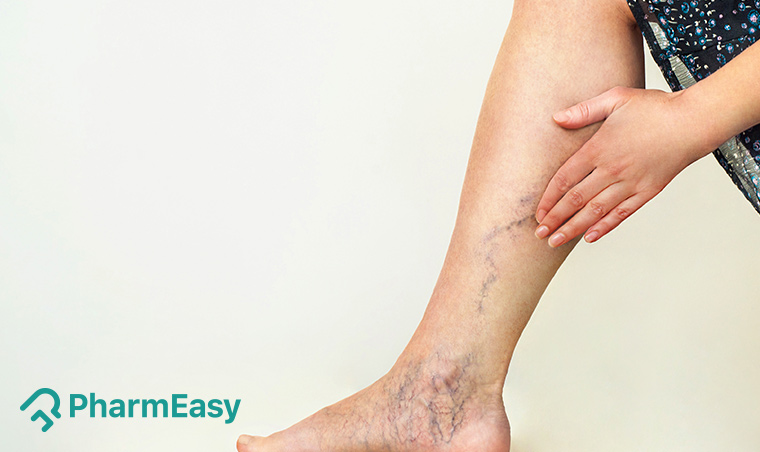
Varicose veins in the legs can be an uncomfortable sight and can make you feel uncomfortable. The dilated blood vessels in the legs may cause pain, and you may even have a tendency to bruise. They are usually caused by pressure from standing or sitting for long periods of time. Fortunately, there are several treatments available to alleviate symptoms. If you are noticing vertical veins in your legs, it’s important to seek medical attention.
A doctor may recommend a treatment for your leg veins, depending on your age and the severity of your condition. The doctor can also look at the veins to determine if the treatment is safe. If you are not able to afford the treatment, your doctor may suggest noninvasive tests. These include a Doppler ultrasound to look at blood flow, a plethysmography (measurement of changes in blood volume) to determine whether they are abnormal.
Depending on your condition, a doctor may recommend a variety of treatments to help alleviate your symptoms. These treatments may include lifestyle changes, procedures, medicines, or compression therapy. The goal is to minimize your symptoms and improve your appearance. Some of these treatments may involve several methods. Your doctor will recommend a combination of treatments to ensure the best results. The best way to choose the right treatment depends on your lifestyle and your specific needs.
Surgical or noninvasive procedures are the most common methods to remove these veins. However, these treatments can have serious side effects and may not be covered by insurance. Your doctor will perform a physical examination and ask questions about your medical history. The doctor may also perform some noninvasive tests to assess the condition of your leg veins. Doppler ultrasound is a type of ultrasound that shows how blood flows in the legs. A plethysmography is a test used to measure the volume of the blood.
Various causes of vertical veins in the legs are discussed. Pregnancy increases the blood volume in the legs and increases the risk of developing varicose veins in the legs. Other causes include hormonal changes and prolonged standing or sitting for long periods. A dermatologist can perform a series of tests to diagnose the condition. One of these tests is a Doppler ultrasound that measures the blood flow in the legs. Another noninvasive test is plethysmography which is an ultrasound that detects abnormal blood volume in the vein.

Symptoms of varicose veins in the legs include bloating, cyanosis of the veins in the legs, changes in the skin, and aching pain in the legs. In some cases, phlebitis or blood clots may develop in the vein. In addition, varicose veins can also cause bruising and bleeding, and you should consult a dermatologist if you are unsure of the cause.
There are several treatments for varicose veins in the legs. You can visit a dermatologist to discuss your condition. Depending on the severity of your condition, you may need several different treatments in combination with the drug normavein. Your doctor may perform a simple ultrasound of your legs to check for blood clots or veins. If a blood clot has already formed in your leg, your doctor will need to use an injection to help you get the best results.
The first step is to visit a dermatologist. The doctor will examine your veins and ask about your general health. They sometimes do non-invasive tests, such as Doppler ultrasound, to visualize blood flow in the veins of the legs. Other tests can detect abnormal blood flow in the veins and evaluate the patient’s condition. This treatment is usually covered by insurance. A dermatologist is an expert on leg veins and will likely provide you with the best treatment.
A dermatologist can perform various procedures to treat varicose veins in the legs. These procedures may not be covered by your insurance. Depending on the severity of the condition, several types of treatment may be needed. There are various treatments for varicose veins in the legs. Your dermatologist may prescribe several treatments to help you get rid of your condition. In addition, your dermatologist will want to monitor your health if you are undergoing a leg vein procedure.